
One of the most important minerals to take is magnesium. Magnesium is an important part of building stronger bones, maintaining heart rhythm, proper muscle and nerve function, and producing energy to get you through the day.
If you do not have enough magnesium, you may develop numbness, cramps in the muscles, abnormal rhythms of the heart and even seizures. By consuming the proper amount of magnesium each day, you can help avoid such issues and live stronger, healthier, and have more energy.
What follows is a list of 10 foods that contain high levels of magnesium
By adding one or more of the following foods to your daily diet, you can help boost the amount of magnesium needed for your body.
Avocados – 54mg of magnesium per ounce
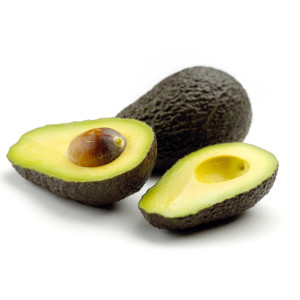
More people have discovered the wonders of avocados not only in terms of magnesium, but other important elements such as Vitamins B, K, and potassium. Avocados also contain plenty of monounsaturated fats which is good for the circulatory system.
Plus, avocados are a great source of fiber and can help lower harmful LDL cholesterol levels, reduce inflammation, and help you feel fuller after eating meals.
Bananas – 37mg of magnesium per ounce
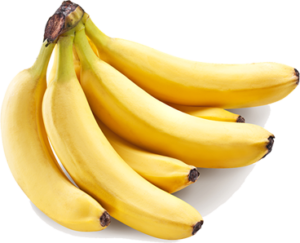
Although bananas are better known for their potassium, they also carry quite a bit of magnesium as well. One of the most popular foods in all the world, bananas are also a rich source of Vitamin B6, Vitamin C, fiber, and manganese.
While bananas are high in carbohydrates, much of it does not get absorbed into the body. However, despite all the advantages, bananas are high in sugar which may make them unsuitable for those who have diabetes.
Dark Chocolate – 64mg of magnesium per ounce

Dark chocolate is not only delicious it is quite high in magnesium content. In addition, you’ll find plenty of other important minerals such as copper, iron, and manganese. Plus, the probiotic fiber in dark chocolate helps feed the healthy bacteria in your gut.
However, the two most important additions starts with the many antioxidants that help prevent premature aging in the body. Plus, flavanols that lower the amount of LDL or bad cholesterol in the body.
Legumes – 120mg of magnesium per ounce
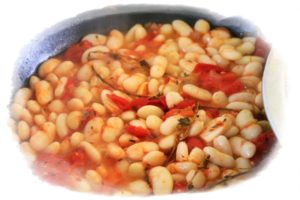
Legumes include beans, chickpeas, lentil, peas, and soybeans. In addition to their high magnesium content, legumes also have plenty of iron and potassium which offers many benefits. Plus, the legumes are a rich source of fiber that can help with digestion.
One of the best legumes is a natto, a soybean that offers plenty of Vitamin K which helps with the bones. Legumes are dense in nutrients, so you can add them in modest amounts to your meals and still receive the full benefits.
Nuts – 82mg of magnesium per ounce
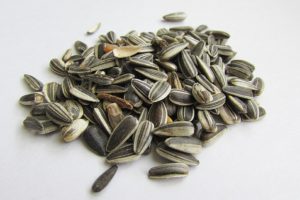
Of the different types of nuts available, Brazilian nuts, cashews, and almonds are the best. In addition, nuts also offer plenty of selenium, are anti-inflammatory, and can bolster your heart health as well. For those who want to improve the health of their intestinal tract, nuts also contain plenty of fiber.
When you eat a few nuts as a snack, they can help keep you feeling full without adding much in the way of unwanted fats or sugars. However, you should eat nuts in moderation to get their full effect.
Pumpkin Seeds – 150mg of magnesium per ounce
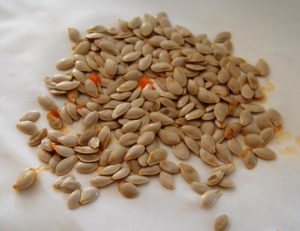
While pumpkin seeds offer the highest amount of magnesium, other seeds such as chia and flax also contain plenty of magnesium as well. The seeds are also rich in iron which his important for your blood. Plus, they offer plenty of omega-3 fatty acids which is good for your circulatory system.
Seeds are also high in fiber and the carbohydrates found in seeds are almost exclusively from the fiber. This means that your body is less likely to turn the carbs from seeds into fat. Seeds also contain antioxidants and flax seeds can help reduce cholesterol levels as well. Chia, flax, and particularly pumpkin seeds are the ones to seek out.
Salmon – 53mg of magnesium per ounce
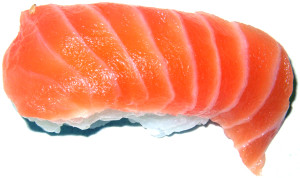
Salmon, along with other fish that contain healthy fats is an excellent source of protein. Plus, you can find plenty of selenium, Vitamin B, potassium, and many other nutrients as well. One of the most popular reasons why salmon and other fatty fish are consumed is how the fats reduce heart disease. In fact, eating plenty of fatty fish helps reduce the risk of other chronic diseases as well.
In addition to salmon, mackerel and halibut are excellent fatty fish to consume as a regular part of your diet.
Spinach – 157mg of magnesium per ounce
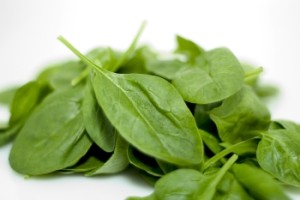
If there is one food that contains more magnesium than any other, it is spinach. Part of the family of healthy greens that includes collard, turnip, and mustard greens along with kale, spinach offers plenty of desirable nutrients.
You’ll find plenty of Vitamins A, C, and K along with manganese and iron. Leafy greens also contain plenty of antioxidants which may help in the prevention of certain cancers.
Tofu – 53mg of magnesium per ounce
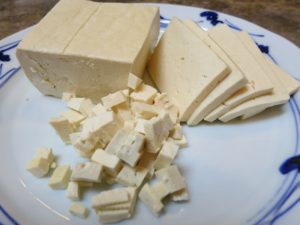
Many vegetarians base their diet around tofu and for good reason. Tofu not only offers plenty of magnesium, but also selenium, manganese, iron, and calcium. One interesting fact about tofu is that some studies indicated it may help protect the stomach from certain forms of cancer.
The protein in tofu offers an alternative to meat and it also helps your arteries. However, the fat content of tofu is rather high, so you will need to consume it in moderate amounts.
Whole Grains – 65mg of magnesium per ounce

You can find whole grains in buckwheat, barley, oats, quinoa, and standard wheat. They contain a considerable amount of magnesium, but also other properties that make consuming whole grains quite desirable. You’ll get plenty of Vitamin B, fiber, manganese, and selenium with whole grains.
Plus, studies of whole grains show they reduce the risk of heart disease and inflammation. And despite the reputation of many breads, most whole grains do not contain any glutens, some might, so it’s always best to read the nutritional information provided on the product.
So if you’re looking to increase your magnesium levels try and include one or two of these foods into your daily diet plan to keep to your magnesium levels at optimal levels.


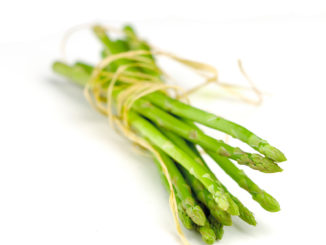

Be the first to comment